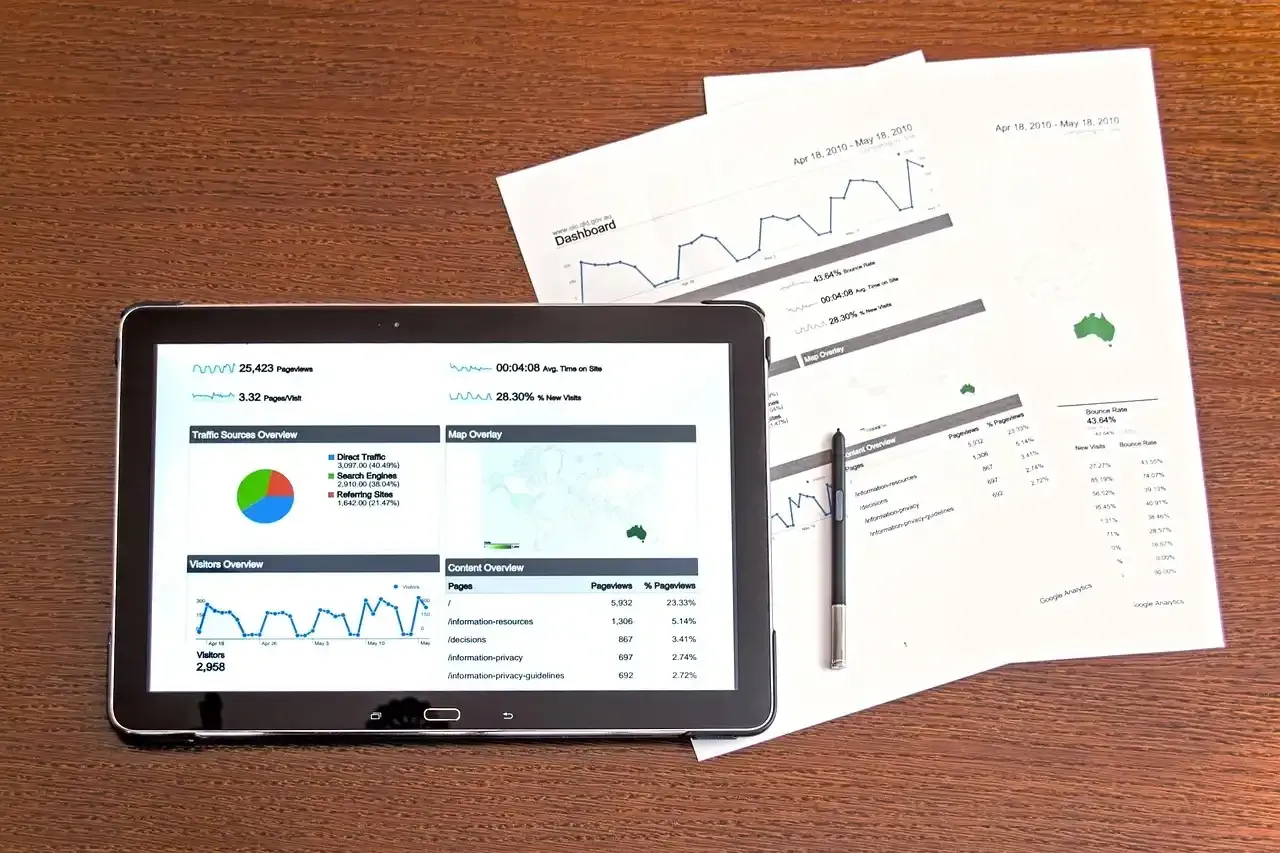
Do You Really Need to Use Fundamental Analysis for Trading?
🧭 Introduction: The Crossroads of Analysis
If you've ever dipped your toes into the world of trading, you've likely heard two opposing camps arguing endlessly:
“Fundamentals are king!” vs. “Price tells you everything!”
On one side are investors who dig through balance sheets, earnings reports, and economic indicators. On the other — traders who swear by charts, indicators, and market psychology. So where does that leave you?
This post isn’t just about choosing sides. It’s about helping you understand when — and if — you truly need to use fundamental analysis (FA) in your trading journey.
🧩 What Is Fundamental Analysis, Really?
Fundamental Analysis is the deep dive. It's where you analyze:
Earnings reports
Revenue growth
Debt levels
Management quality
Industry trends
Economic factors (inflation, interest rates, etc.)
The goal? To determine the intrinsic value of a stock or asset.
In traditional investing, you buy when the market undervalues a strong company — and hold for long-term gains. But is that strategy effective for a trader who might exit in a few hours or days?
🔍 Trading vs. Investing: Different Goals, Different Tools
Feature | Trader | Investor |
|---|---|---|
Timeframe | Short-term (minutes to weeks) | Long-term (months to years) |
Decision-making | Price action, chart patterns | Company fundamentals |
Primary concern | Volatility and timing | Value and business quality |
Tools used | Technical indicators, volume, news | Financial statements, forecasts |
Traders are reactionary. Investors are visionary. The time horizon alone makes a huge difference in whether FA is critical or not.
⚙️ The Case for Technical Analysis in Trading
Most traders today — especially intraday and swing traders — lean heavily on technical analysis (TA).
Here’s why:
Charts are immediate — fundamentals change slowly.
Price action reflects market sentiment in real time.
Indicators help with entry/exit precision.
Volume, RSI, MACD, moving averages — all offer actionable signals.
You can trade a stock successfully without knowing its CEO’s name — if you understand the price dynamics.
📉 But Can You Afford to Ignore Fundamentals Completely?
While short-term price action may dominate trading, fundamentals still play a role, especially for:
1. Stock Filtering
Fundamentals help you avoid “junk” stocks that are structurally weak or headed toward bankruptcy. Why risk swing trading a stock with no earnings and massive debt?
2. Earnings & News Events
Traders must be cautious around earnings reports, mergers, FDA approvals, etc. — all events grounded in fundamentals. Even technical setups can fail spectacularly if you ignore these.
3. Sector/Theme Strength
Understanding which sectors are thriving (e.g., EV, AI, pharma) based on macroeconomic fundamentals helps position your trades in the right direction.
4. Volatility Drivers
Rate hikes, inflation data, GDP reports — all of these move the market and often contradict chart-based predictions.
So even if you don’t trade using fundamentals, you should be aware of them.
⚔️ When Fundamental Analysis Doesn’t Help
There are trading styles where FA is nearly irrelevant:
Scalping: You’re in and out within minutes. Fundamentals don’t change that fast.
High-Frequency Trading: These systems rely purely on algorithms and speed.
Technical Breakouts: Quick setups that depend entirely on price movement.
In these cases, overanalyzing fundamentals can lead to analysis paralysis.
🔄 The Hybrid Approach: Best of Both Worlds
Smart traders know the real edge lies in blending both worlds:
✅ Use technical analysis for precision
✅ Use fundamental analysis for direction and context
For example:
Pick fundamentally strong stocks breaking out of technical levels.
Avoid buying stocks with earnings releases the next day — even if the chart looks good.
Use fundamentals to determine sector rotation and then find setups on the charts.
This hybrid strategy reduces risk, enhances confidence, and improves consistency.
📣 Final Thoughts: Do You Really Need It?
Short answer: It depends on your trading style.
🕒 Scalper? Probably not.
📉 Day trader? Useful for risk awareness.
⏳ Swing trader? Highly recommended.
💰 Position trader/investor? Absolutely essential.
At the very least, understanding the fundamentals helps you avoid costly mistakes. Even if you don’t use them to trade, they’re worth learning.
Happy Trading!
